Best Canon Camera For Nature Photography
The best camera for wildlife photography in 2021
Included in this guide:
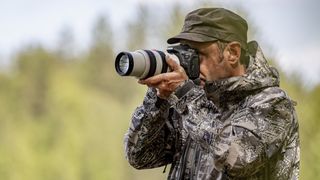
When choosing the best camera for wildlife photography, there are a number of things you need to consider. That's where this guide comes in. Not only have we picked out some of the best wildlife cameras to suit all budgets and experience levels, but you'll also get to grips with the specs and features you'll need to get the shots you want.
We've split our selection of the best cameras for wildlife into four categories for different types of users. You can use our navigation links on the left to jump straight to the section you're interested while you can read on to find out key criteria you need to consider when looking for you next wildlife camera.
• A good burst mode. While it might depend a little on your subject, in general a fast burst speed is very desirable for wildlife photography. The ability to fire off a series of shots in quick succession will help you capture the split-second moment that's the difference between a winning shot and something forgettable.
• Decent buffer depth. Going hand-in-hand with a fast burst mode is the camera's buffer depth. This is the number of continuous shots your camera is capable of taking before it needs to pause. The better the buffer, the more shots you can capture in a single burst. Other factors come into play though - a camera will often be able to shoot a lot more JPEGs than raw files for instance, while the write speed of the memory card also plays a key part here as well.
• Fast and efficient autofocus. Autofocus performance is another key area to consider. Not only do you want a decent coverage across the frame but look for cameras with a sophisticated AF tracking system and the ability to acquire focus in poor light.
• Lens range. The best wildlife shots often have their subject filling the frame. Many bridge cameras have huge built-in zoom lenses to help with this, while those considering a more advanced DSLR or mirrorless camera will also need to consider the range of telephoto lenses available to them. While established DSLR systems have extensive lens support to suit a range of budgets, this might not always be the case with the newer mirrorless systems out there (though this is changing all the time).
With all this in mind let's take a look at our round-up of the best cameras for wildlife photography...
Best camera for wildlife photography
Wildlife cameras for beginners
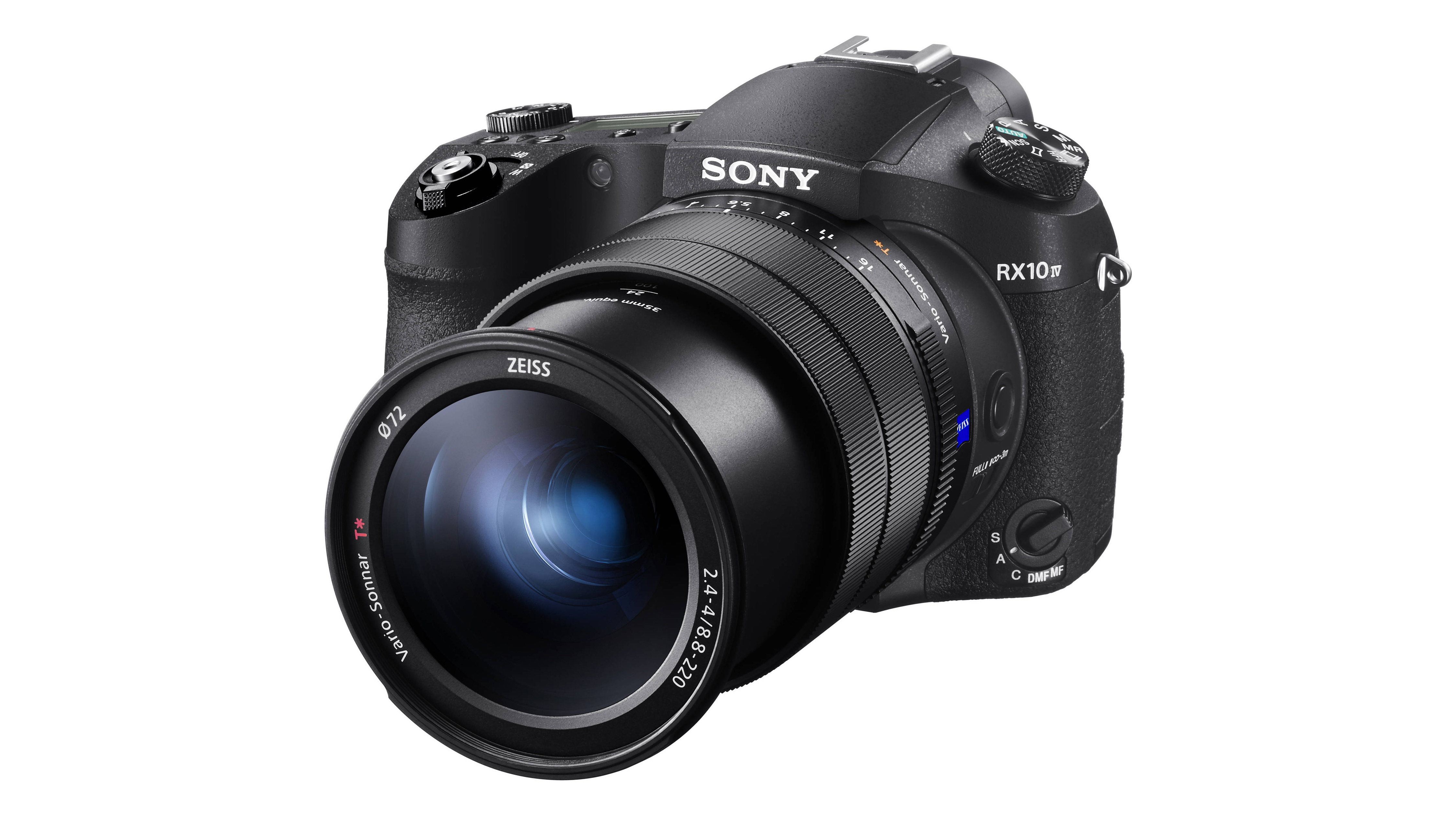
1. Sony Cyber-shot RX10 IV
A brilliant all-in-one solution though it does come at a price
Specifications
Type: Compact
Sensor: 1-inch
Megapixels: 20.1MP
Lens: 24-600mm f/2.4-4
AF points: 315
Burst rate: 24fps
Buffer: 112 shots (RAW)
Weight: 1095g
Reasons to buy
+Excellent and fast 24-600mm lens +Superb stills and video quality
Reasons to avoid
-Touchscreen control limited -Relatively large and heavy
If you're looking to travel relatively light but still want to fill the frame with your subject, then look no further than the Cyber-shot RX10 IV from Sony. This is the best bridge camera you can buy, with the RX10 IV packing in a hugely flexible 24-600mm f/2.4-4 zoom lens, a excellent 1-inch sensor, an advanced AF system and 24fps shooting. While Sony's chucked everything at the RX10 IV and it's an incredibly capable piece of kit, all this tech does come up a price. That said, if you wanted to get this kind of focal range and features in a DSLR or mirrorless combination, you'd be paying significantly more.
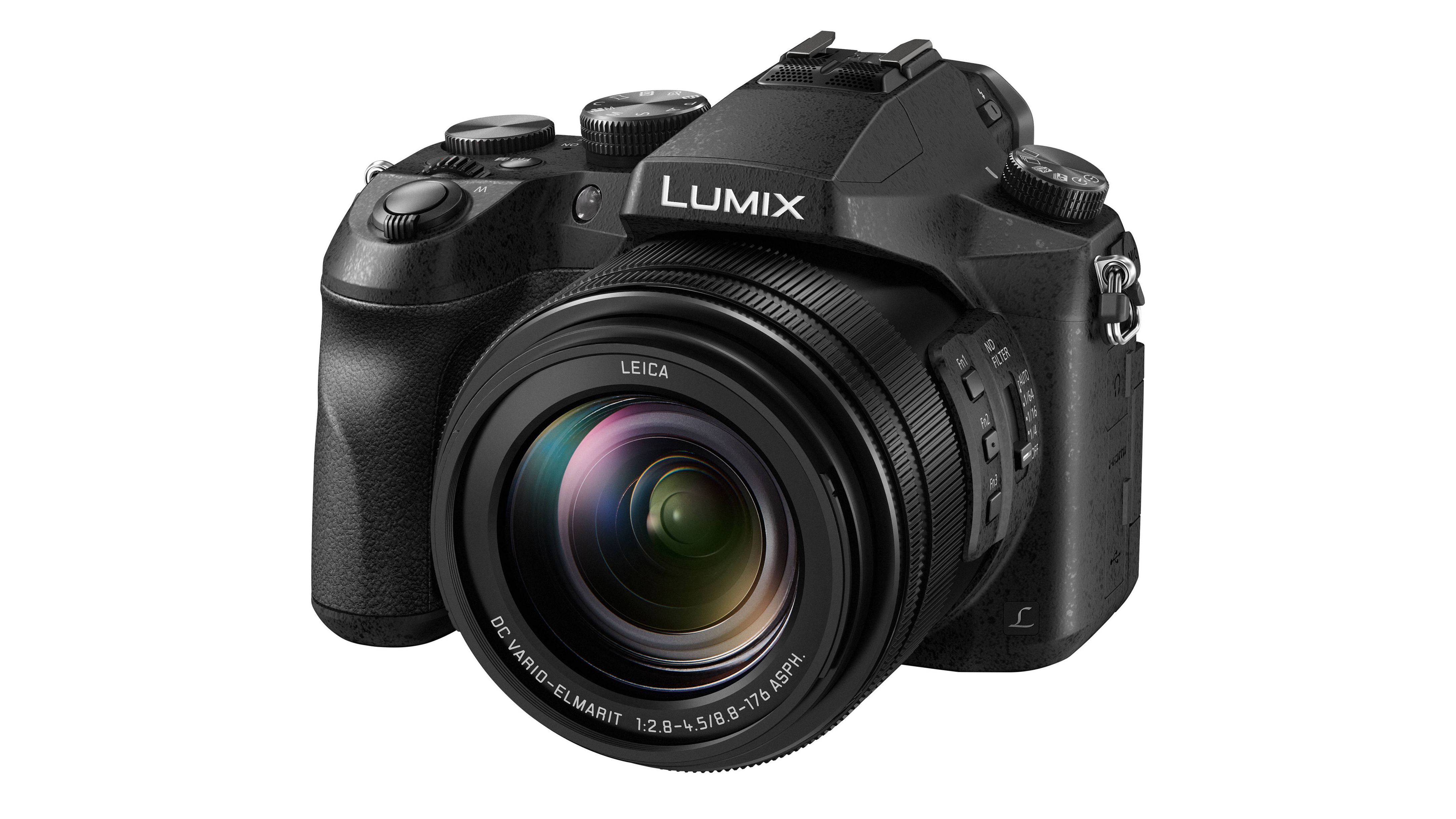
2. Panasonic Lumix FZ2500 / FZ2000
Versatile all-in-one bridge camera that packs in a 20x zoom
Specifications
Type: Compact
Sensor: 1-inch
Megapixels: 20.1MP
Lens: 24-480mm f/2.8-4.5
AF points: 49
Burst rate: 12fps
Buffer: Not specified
Weight: 996g
Reasons to buy
+Versatile zoom range +Great image quality
Reasons to avoid
-Heavy noise reduction -Battery life could be better
While Panasonic has brought out a few new cameras in this particular wheelhouse, namely the FZ2000 and the FZ1000 II, we reckon this is the optimal buy for relatively newbie wildlife shooters. Still widely available, the Panasonic Lumix FZ1000 offers an amazing level of functionality for its price, with an impressive 16x optical zoom lens that delivers the goods, even if the maximum aperture does fall pretty sharply once you push the zoom beyond 170mm. With multiple different burst modes to play with and satisfying, DSLR-style handling, the FZ1000 offers plenty of functionality for any nature photographer, and its video features are no slouch either, with 4K 30p video that looks great and can also be used to extract high-quality stills.
Best wildlife camera traps
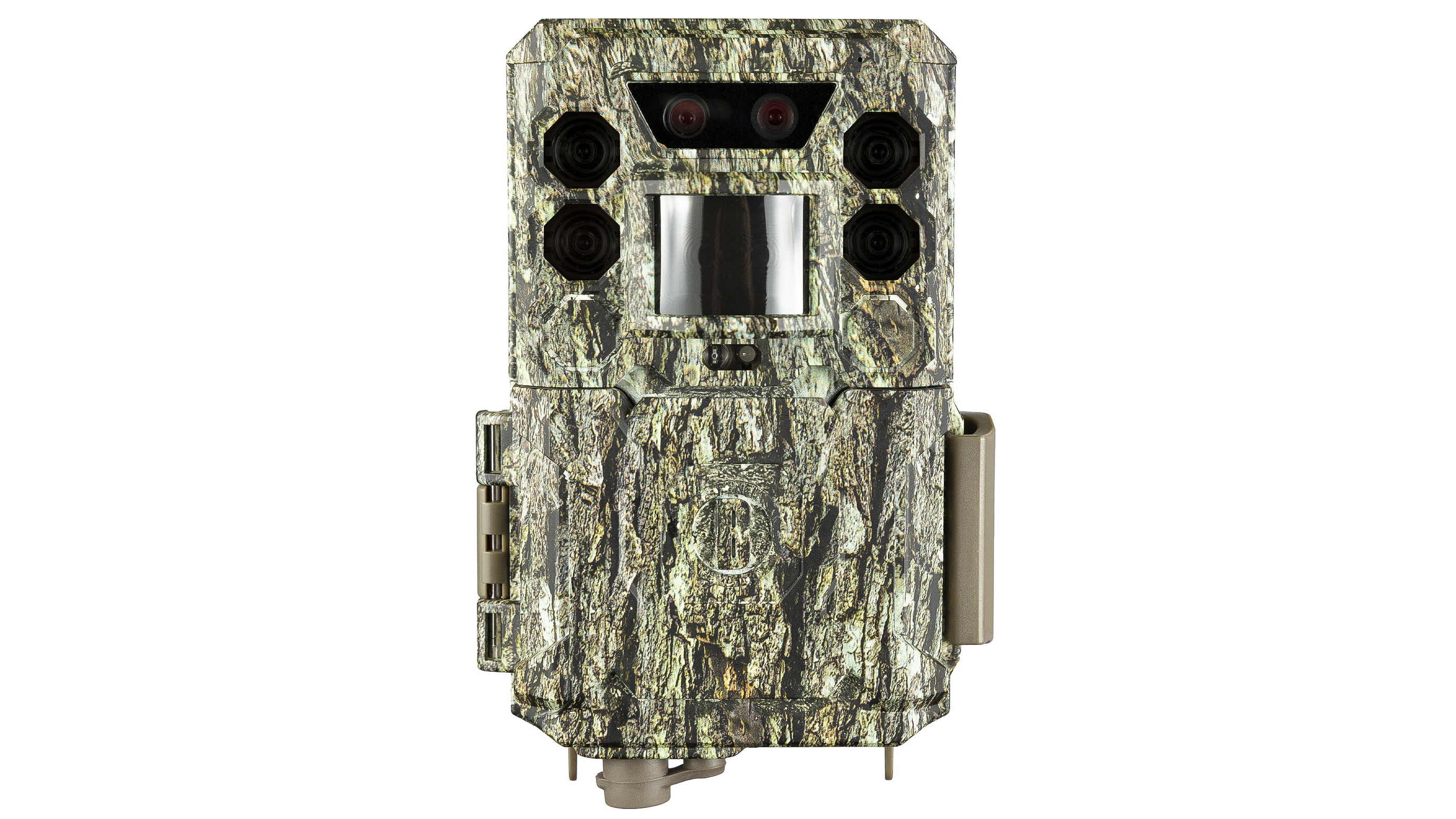
3. Bushnell Core DS No Glow
Featuring dual sensors for great shots day or night
Specifications
Type: Trail
Megapixels: 30MP
Video: 1080p
Night vision: Yes
Audio recording: Yes
LCD: Yes
Power: 8x AA batteries
Reasons to buy
+Dual sensors optimised for day and night +Waterproof construction
Reasons to avoid
-Powered by regular AA batteries -No wireless capability
Sometimes it's not possible to wait for your subject to come to you, which is where a trail camera comes in. These tough cameras are activated by a subject's movement (and even body heat), allowing you to be tucked up in bed and leave the camera to do the hard work for you. Our top pick is the Bushnell Core DS No Glow. This packs two image sensors, with one optimized for daylight capture and other tailored for nighttime photography. With an incredibly tough waterproof construction, you can happily leave it outside to battle the elements, while you can also capture 1080p video up to an impressive 60p.
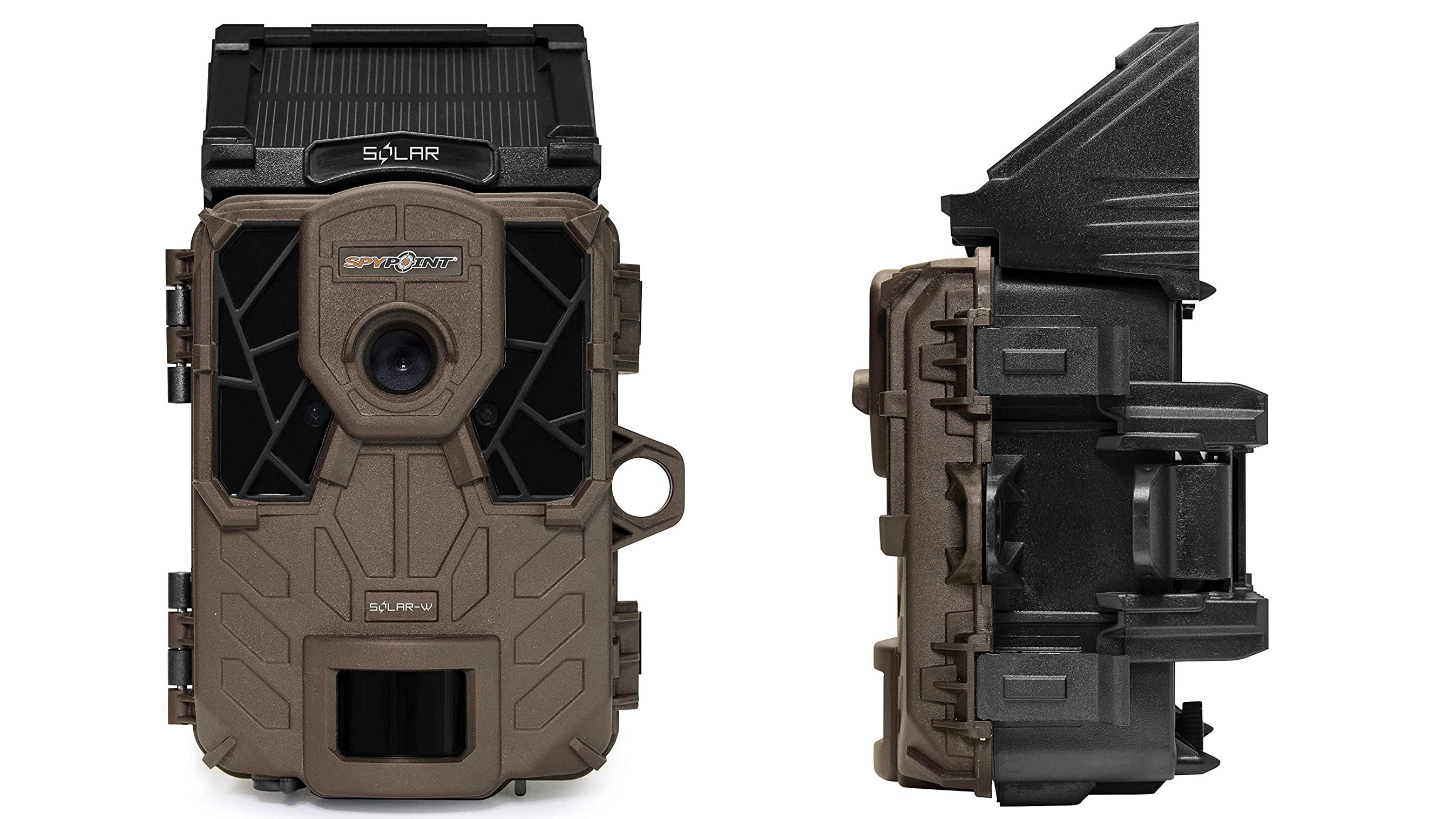
4. Spypoint Solar Dark
Solar power means you don't have to worry about batteries
Specifications
Type: Trail
Megapixels: 12MP
Video: 720p
Night vision: Yes
Audio recording: Yes
LCD: Yes
Power: Solar, lithium ion or 6x AA batteries
Reasons to buy
+Solar-powered +0.07 sec trigger speed
Reasons to avoid
-12MP stills capture -Only 720p video
Unlike the Bushnell Core DS No Glow, the Solar Dark from Spypoint doesn't solely rely on battery power. As the name suggests, it can be solar powered to extend its life out in the field. Alternatively it can also draw power from either a rechargeable Lithium ion battery or 6 AA batteries. The 12MP resolution is modest, but images pretty good as long as you keep your expectations in check, while there's plenty of other features here that add to the appeal of the Solar Dark. This includes the ability to detect subjects up to 110ft away, time lapse movies and 720P video.
Best wildlife cameras for enthusiasts
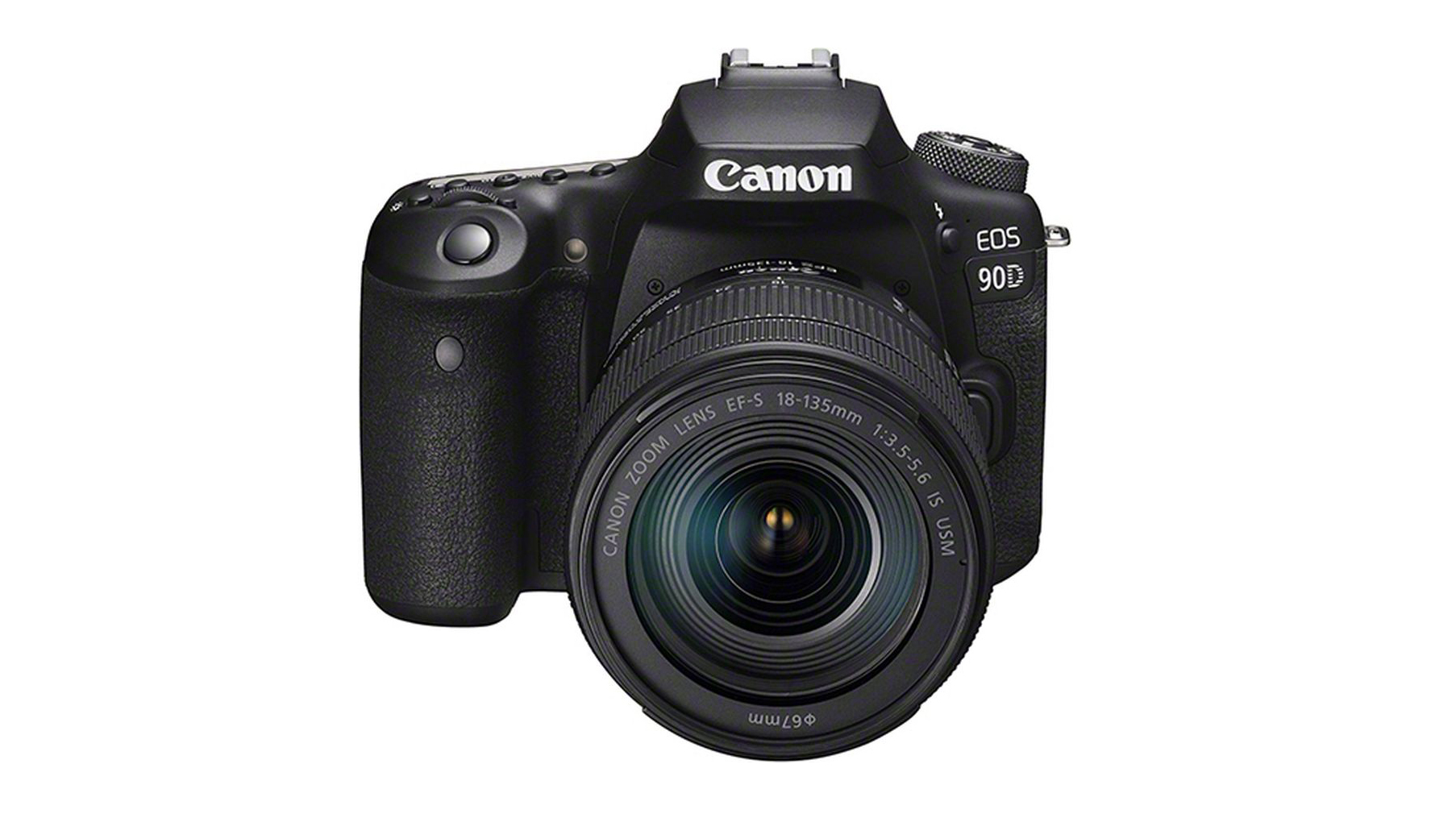
Feature-packed DSLR with a great sensor and speedy performance
Specifications
Type: DSLR
Sensor: APS-C
Megapixels: 32.5MP
Lens mount: Canon EF-S
AF points: 45
Burst rate: 10fps
Buffer: 25 shots (RAW)
Weight: 701g
Reasons to buy
+Vari-angle touchscreen +Un-cropped 4K video
Reasons to avoid
-Limited buffer capacity -Aggressive JPEG noise reduction
With Canon throwing a lot of weight behind its mirrorless efforts, some were surprised to see the EOS 90D arrive in 2019. But the EOS 90D is quite a step forward over the EOS 80D it replaced, with an all-new 32.5MP APS-C sensor that delivers excellent results, while the ability to record un-cropped 4K footage is another bonus. While the traditional 45-point phase-detect AF system is good, it's when you use the rear screen that it really shines thanks to the inclusion of Canon's excellent Dual Pixel AF technology. Married to this is a polished touchscreen interface that's really intuitive and a battery life that's good for an incredibly 1,300 shots. Try doing that with a mirrorless camera.
Read more: Canon EOS 90D review
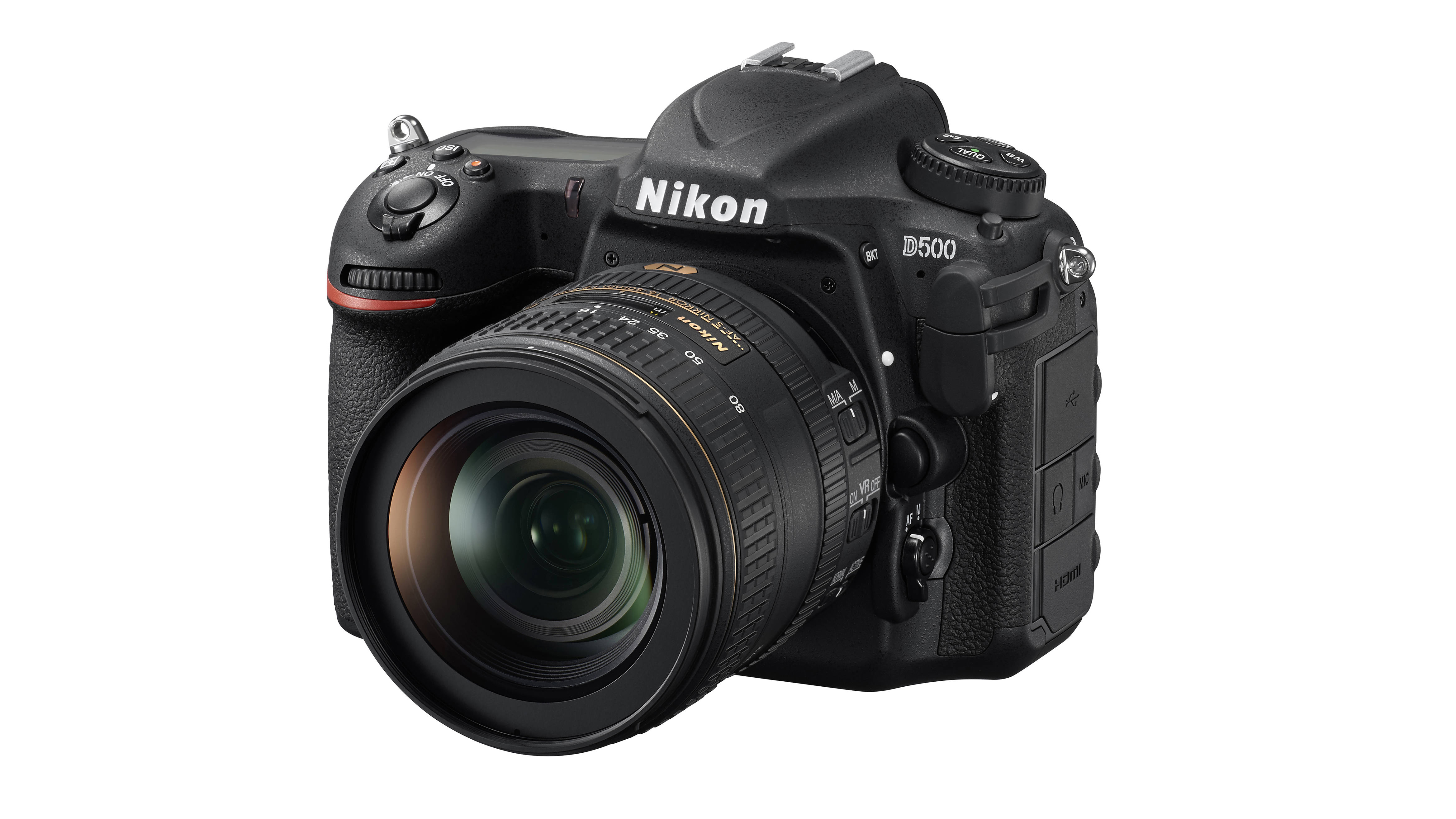
Nikon's 'baby' D5 ticks a lot of boxes for the wildlife photographer
Specifications
Type: DSLR
Sensor: APS-C
Megapixels: 20.9MP
Lens mount: Nikon DX
AF points: 153
Burst rate: 10fps
Buffer: 200 shots (RAW)
Weight: 860g
Reasons to buy
+Robust, professional build quality +200 shot RAW buffer
Reasons to avoid
-Slow AF in live view -Limited touchscreen control
Nikon's high-end APS-C DSLR has been around for a while now, but that shouldn't dull its appeal for wildlife photographers out there, especially as the price has dropped quite a bit in the last year or so. Borrowing a lot of tech from the then flagship Nikon D5 DSLR, the D500 is a camera geared towards action. The 20.9MP sensor might not have the resolving power of some other sensors, but it delivers clean images even at higher ISOs, while the 153-point AF is very sophisticated for the price. A burst shooting speed of 10fps is pretty good, but what really impresses is the buffer which can handle a staggering 200 RAW files. Factor in the tough metal body and 1.5x crop of the APS-C sensor and you've got a great wildlife camera.
Wildlife cameras for pros
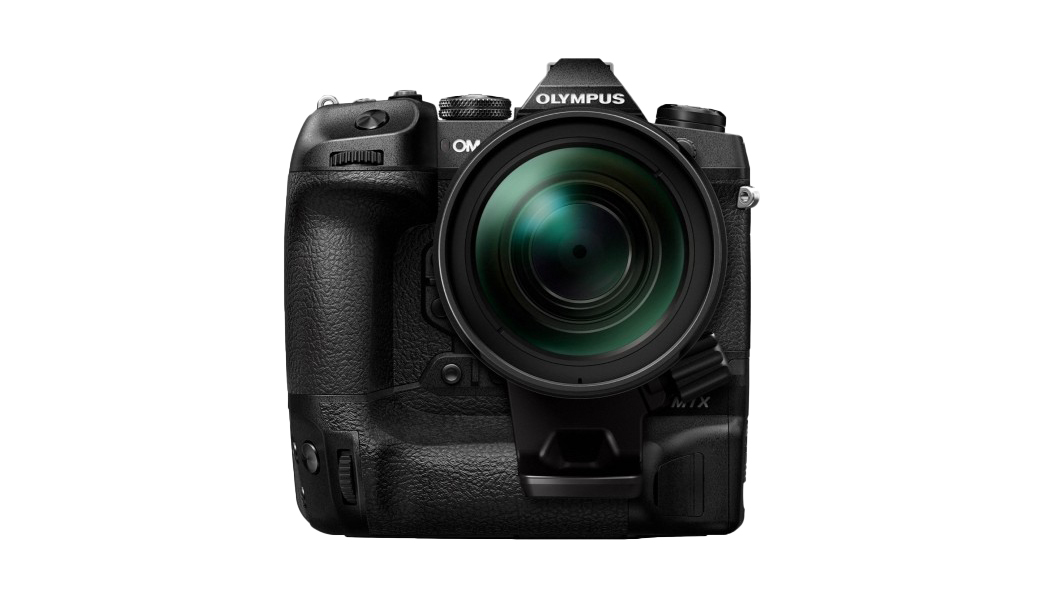
Fast-focusing with plenty of wildlife-orientated lenses available
Specifications
Type: Mirrorless
Sensor: Micro Four Thirds
Megapixels: 20.4MP
Lens mount: Micro Four Thirds
AF points: 121 **Burst rate:** 60fps
Buffer: 286 shots (RAW)
Weight: 997g
Reasons to buy
+Excellent image stabilization +Fast focusing and burst shooting
Reasons to avoid
-Noise appears early in ISO range -Clunky menus system
The OM-D E-M1 X ticks a lot of boxes when it comes to wildlife photography. First up is the tough build that sees exceptional weather-sealing - perfect for those times when you'll be shooting in harsh conditions. Then there's the ability to shoot at up to a staggering 60fps (though this will be a little slower if you want to take advantage of some of the E-M1 X's advanced AF settings), while the buffer is excellent at 286 shots (and that's with RAW files). The MFT sensor is physically smaller than APS-C and full-frame rivals which does compromise things a little when it comes to image quality. The payoff is though that lenses are much more compact, with fast telephoto lenses considerably smaller than rivals.
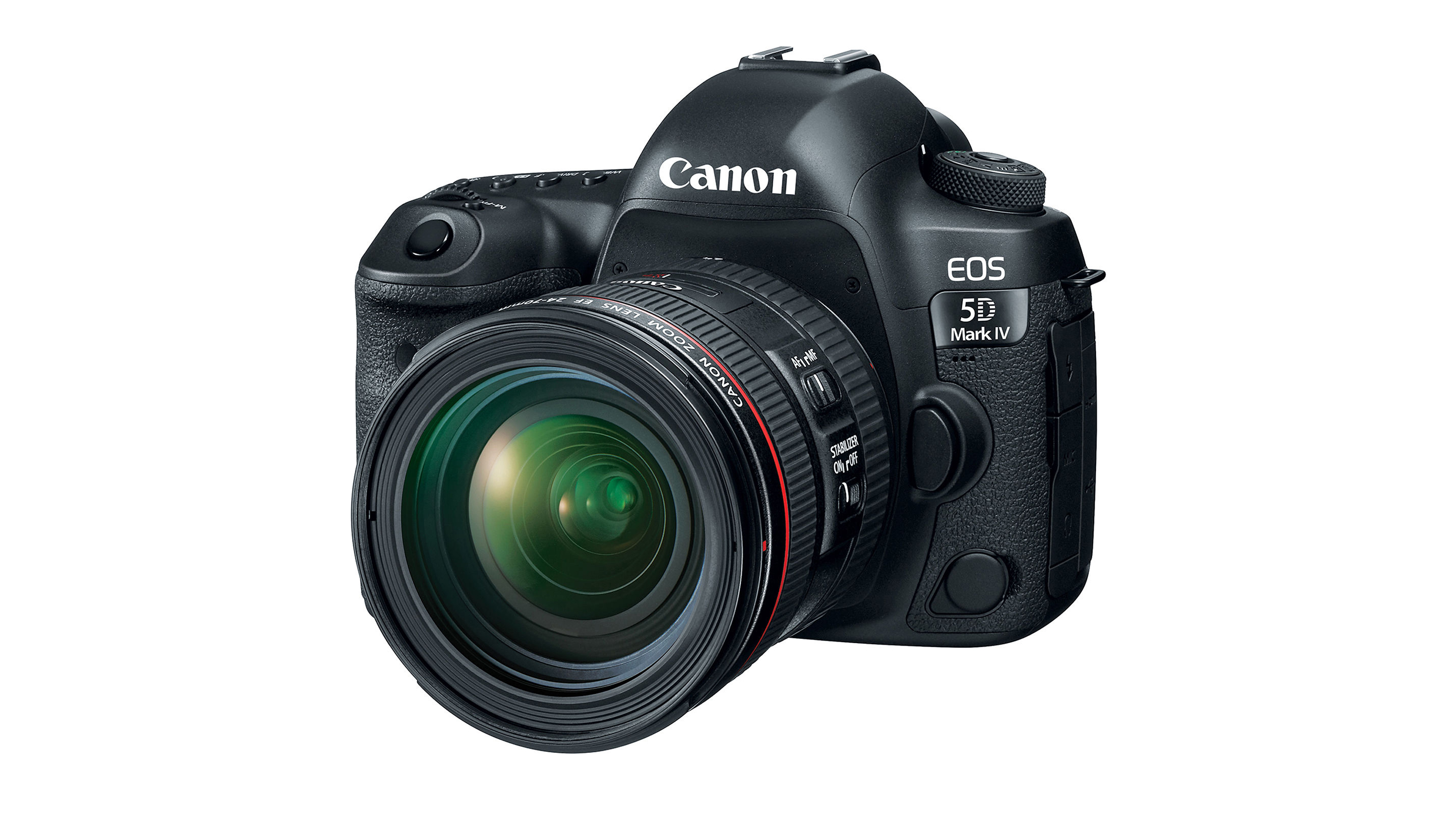
Getting a little old, but this is a camera loved by wildlife photographers
Specifications
Type: DSLR
Sensor: Full-frame
Megapixels: 30.4MP
Lens mount: Canon EF
AF points: 61 **Burst rate:** 7fps **Buffer:** 21 shots (RAW)
Weight: 890g
Reasons to buy
+Solid build and handling +Sensor performs well
Reasons to avoid
-Moderate frame rate -Heavy 1.64x for 4K video
It might be showing its age a bit now and be outgunned by the EOS R5 in many areas, but the EOS 5D Mark IV deserves its place on the list as photos taken with the EOS 5D series of cameras have probably won more wildlife competitions than any other camera ever. The full-frame 30.4MP sensor delivers a good balance between detail and high ISO performance, while the Dual Pixel AF system means that the AF system during live view is fast and reliable. The buffer could be a bit deeper and we're not fans of the heavily cropped 4K video, but shoot with the EOS 5D Mark IV and you can see why pros love it.
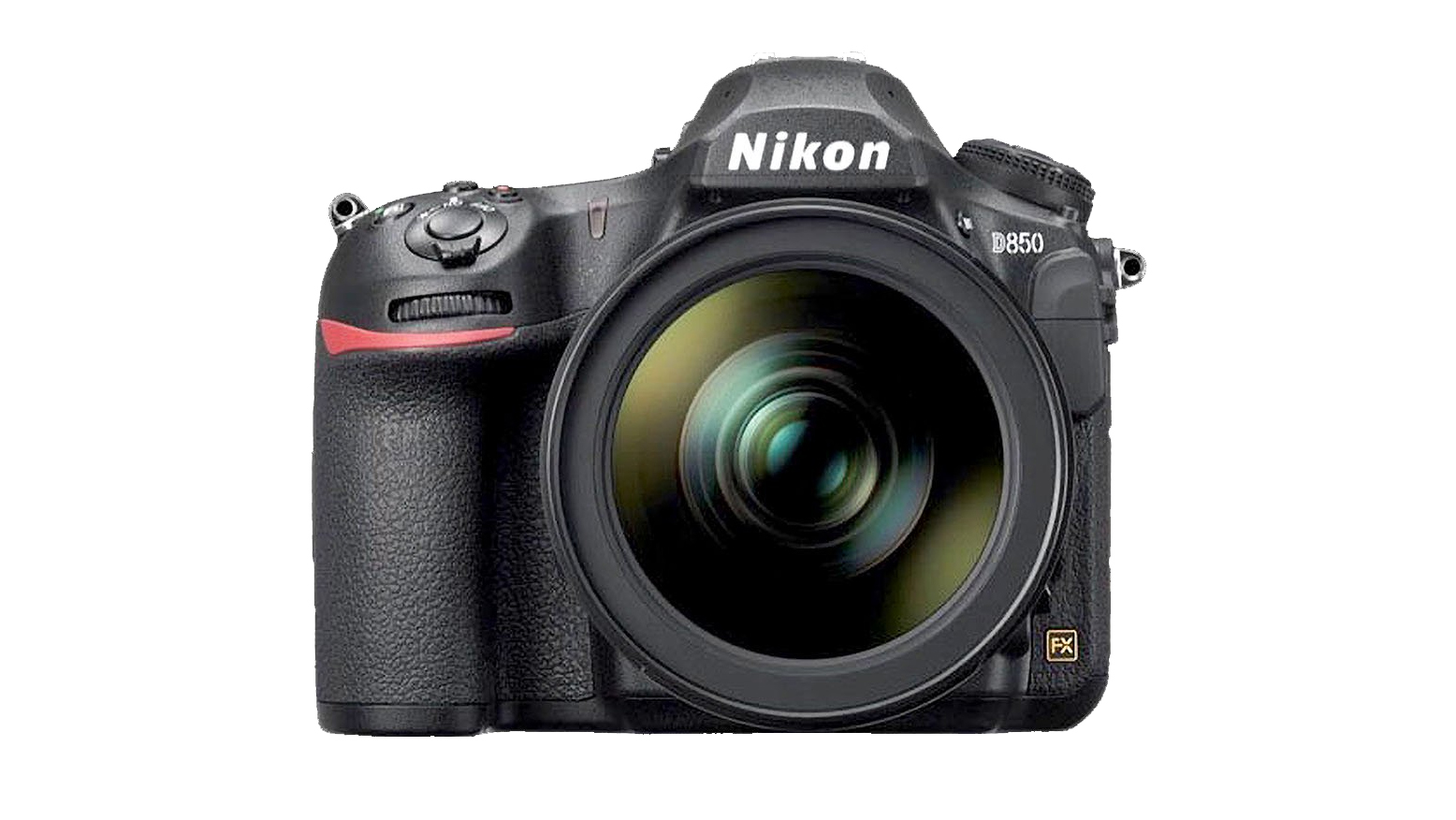
Perhaps the best DSLR ever made still has plenty going it
Specifications
Type: DSLR
Sensor: Full-frame
Megapixels: 45.7MP
Lens mount: Nikon FX
AF points: 153
Burst rate: 7fps
Buffer: 51 shots (RAW)
Weight: 1005g
Reasons to buy
+Stunning image quality +Sophisticated AF system
Reasons to avoid
-Live view focusing is slow -Burst rate not as fast as some
While we could have recommended the flagship Nikon D6, we think the D850 is the better option for the wildlife photographer. It might not have quite the tank-like build of the D6, but we think this is perhaps the most complete DSLR ever made. The full-frame 45.7MP sensor is excellent and provides plenty of flexibility should you need to crop in on you subject, while the 153-point AF system is one of the best around (if a little biased to the centre of the frame). The 7fps might seem a little slow compared to some, but that should be ample for most subjects while the handling is some of the best around. Pair it with a quality, fast lens and this is a combination that will really reward.
Read more:
• The best professional cameras right now
• The best mirrorless cameras today
• The best trail cameras you can buy
• The best DSLRs to buy
• DSLR vs mirrorless: which is best?
• The best telephoto lenses
• Best 150-600mm lenses
• Best macro lenses

Phil is the Managing Editor of Top Ten Reviews, and is a former Editor of Techradar's camera channel. He is an accomplished photographer, and specializes in shooting cycling and fast cars.
Related articles
Best Canon Camera For Nature Photography
Source: https://www.digitalcameraworld.com/buying-guides/best-camera-for-wildlife
Posted by: zurcherpudge1936.blogspot.com

0 Response to "Best Canon Camera For Nature Photography"
Post a Comment